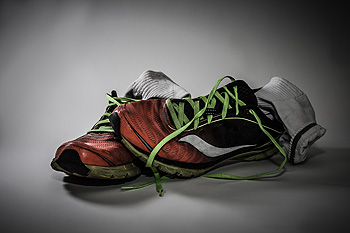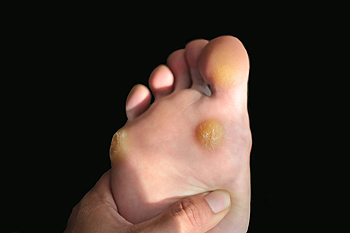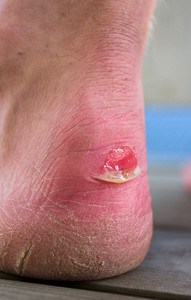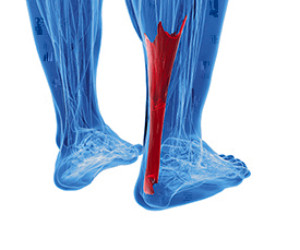 Sweaty feet is a common condition that most people find uncomfortable, and it’s often associated with an unpleasant odor in addition to a soggy feeling in the shoes and socks. Wet feet often lead to problems such as fungal infections, usually stemming from bacteria that live in warm and moist areas. Synthetic shoes socks may possibly make this condition worse, so it’s advised to wear cotton socks and leather shoes or sandals. It’s important to change your socks often and walking barefoot whenever possible may also help allow your feet to breathe. Please consult with a podiatrist if you have questions about hyperhidrosis of the feet.
Sweaty feet is a common condition that most people find uncomfortable, and it’s often associated with an unpleasant odor in addition to a soggy feeling in the shoes and socks. Wet feet often lead to problems such as fungal infections, usually stemming from bacteria that live in warm and moist areas. Synthetic shoes socks may possibly make this condition worse, so it’s advised to wear cotton socks and leather shoes or sandals. It’s important to change your socks often and walking barefoot whenever possible may also help allow your feet to breathe. Please consult with a podiatrist if you have questions about hyperhidrosis of the feet.
If you are suffering from hyperhidrosis contact one of our podiatrists of Westside Podiatry Center, LLP. Our doctors can provide the care you need to attend to all of your foot and ankle needs.
Hyperhidrosis of the Feet
Hyperhidrosis is a rare disorder that can cause people to have excessive sweating of their feet. This can usually occur all on its own without rigorous activity involved. People who suffer from hyperhidrosis may also experience sweaty palms.
Although it is said that sweating is a healthy process meant to cool down the body temperature and to maintain a proper internal temperature, hyperhidrosis may prove to be a huge hindrance on a person’s everyday life.
Plantar hyperhidrosis is considered to be the main form of hyperhidrosis. Secondary hyperhidrosis can refer to sweating that occurs in areas other than the feet or hands and armpits. Often this may be a sign of it being related to another medical condition such as menopause, hyperthyroidism and even Parkinson’s disease.
In order to alleviate this condition, it is important to see your doctor so that they may prescribe the necessary medications so that you can begin to live a normal life again. If this is left untreated, it is said that it will persist throughout an individual’s life.
A last resort approach would be surgery, but it is best to speak with your doctor to find out what may be the best treatment for you.
If you have any questions please feel free to contact one of our offices located in Liverpool, Camillus, Skaneateles, Oswego, and Cicero, NY . We offer the newest diagnostic and treatment technologies for all your foot and ankle needs.




